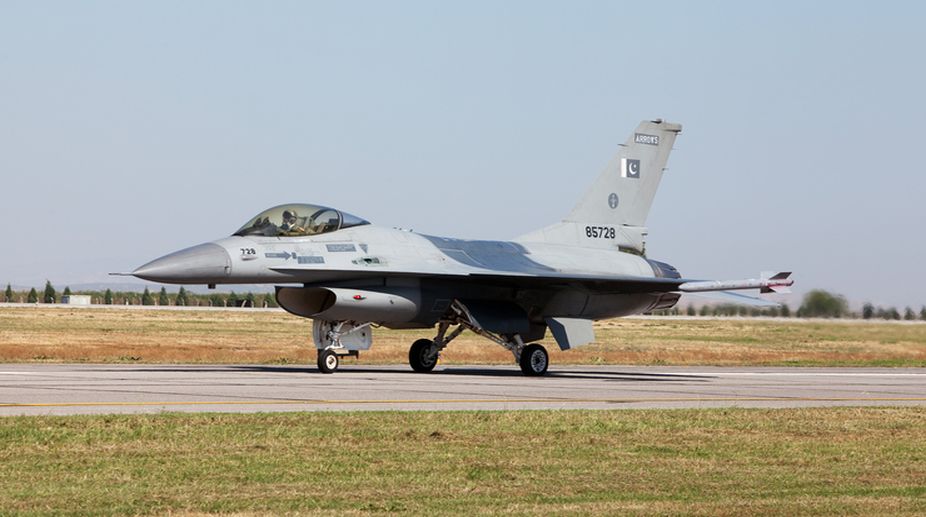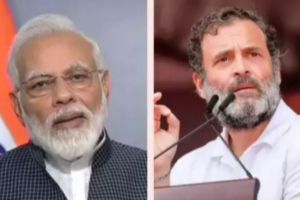EVEN to the best informed in India, Burma (now known as Myanmar) still appears to be an enigma. Though an immediate eastern neighbour with 1624 km (1015 miles) of shared international border with four of India’s north-eastern states (Mizoram, Manipur, Nagaland, Arunachal) and despite cordial bilateral relations between Naypyidaw and New Delhi, it is the ticklish issues that get highlighted. In the context of reports that “Myanmar is in advanced negotiations to license-build JF-17 fighters”, there is understandable concern in New Delhi. This is not because Myanmar is negotiating on fighter aircraft, but owing to the origin of the proposed aircraft acquisition programme. Why should India be concerned about Myanmar’s plan for “license-building JF-17 fighters”, and how does it affect Myanmar? Why should India rack its brain as to whether Myanmar’s action denotes a proposal to import technology and build the flying machine on its soil or whether it means direct import of the aircraft from the manufacturer’s (China or Pakistan) plant?
Indeed, these are all pertinent points. Nevertheless, the possibility of the latter scenario (i.e. import), appears unlikely at this point in time because though Myanmar does not figure in the global list of aircraft manufacturing countries of Jane’s all the world’s aircraft 2016-2017, it is now “in advanced negotiations with Pakistan to license-build the third generation fighter”. This in itself is a matter of concern for India. The position is clear. Myanmar is to start from scratch, despite the possibility of a long gestation period.
The full story, therefore, is that Myanmar is going to “license-build Pakistani JF-17 fighters” after having decided earlier to purchase 16 craft of the same type in 2015. The Myanmar initiative has two aspects ~ first, direct import of 16 (readymade) aircraft from Pakistan. Second, indigenised manufacture of Sino-Pak (origin) imported aircraft through collaboration/joint venture. No doubt Myanmar, as a sovereign country, has every right to exercise its discretion and choose its defence hardware; nevertheless there does seem something more than what prima facie meets the eye.
Could India have been of some use to its friendly eastern neighbour, following New Delhi’s professed “Look East policy” of the Atal Bihari Vajpayee era? Has India been a tad slow to assess the possible emerging (future) fighter scenario in the East? Can something be done even now? There is little doubt that India can still revisit its Myanmar policy to recalibrate the eastern bilateral. The reason is simple, yet complicated. Both Naypyidaw and New Delhi face severe turbulence in multiple points of their respective territorial jurisdiction. The 5 crore 70 lakh populace of Myanmar (with 68 per cent Burmese; nine per cent Shan; seven per cent Karen; four per cent Rakhine; three per cent Chinese; and another nine per cent Chin, Kachin, Kavan, Lahu, Mon, Palaung, Pao and Wa) continues to be in the grip of the world’s longest running insurgencies which are essentially conducted by Karen, Kachin, Mon, Shan and a few other ethnic-minority groups. The Myanmar army held absolute political sway from 1988 to 2015, and things have changed only to an extent after the advent of the democratically elected government in November 2015.
The main feature of Myanmar’s long standing security scenario is that it continues to face more problems from within than from across its border. Owing to its counter-insurgency focus, the army of Myanmar (which is the largest among its three defence wings, with a strength of 375000 personnel) is essentially a light infantry force. Myanmar’s 15000-strong Air Force with 167 combat capable aircraft and 16000-man Navy are no match to the numerical strength and fire power of its Army. However, it is the fleet of obsolete air force fighters (Chinese made F-7M Airguard and A-5C Fantan) of 1990s vintage which compelled Myanmar to first import, and now initiate indigenous production.
The picture is stark. Myanmar needs air-fleet modernisation. Things are in the public domain. Myanmar is a steady, stable and friendly neighbour which does not sermonise on “asymmetry” as is being done by China; or send Lashkar, mujahideen and ghazis, to Indian soil, like the Pakistanis. Hence Myanmar’s needs should have been favourably appreciated and assessed at least a decade ago. There is a lot in common between Naypyidaw and New Delhi pertaining to mutual safety, security, terror and sovereignty.
Indeed, even a cursory glance at the map would convince a layman of the geostrategic and geopolitical importance of Myanmar in South Asia in general, and for India’s eastern flank in particular. Moreover, like Myanmar, India too has its own “overlapping-situations” in the area surrounding its north-east frontier region. India’s north-east has been a favourite fishing ground of China and Pakistan’s ISI since the 1970s, and there is no reason to believe that the situation would be any better owing to the deeply entrenched Sino-Pak agenda of terror-promotion to checkmate India in its own terrain, notwithstanding the glib talk of OBOR (one belt one road) and “mutual development and prosperity”.
Coming back to Myanmar’s eye on the Sino-Pakistan fighter aircraft, one is convinced that it is bound to make the country more vulnerable as setting up an aircraft manufacturing plant would give Islamabad a perfect, justifiable alibi to expand its wings for direct connectivity with its Chinese mentor through third party terrain. Myanmar, instead of becoming safer, is likely to be more unsafe. The country’s geography comes as a bonus for any power with a long view on India’s north-east. And it must be admitted that when it comes to spreading terror and fanning religious hatred, no nation can either match or substitute the “strategic depth” psyche of Pakistan’s ISI-army duo.
A few words on the JF-17 aircraft may be in order. Launched in 1991 at Chengdu, collaboration with Pakistan was initiated in 1992 and the formal Pakistani production line was launched in January 2008 at Kamra. Pakistani pilots were reportedly very critical of Chinese avionics and sought western alternatives for an updated batch of the craft. As on date, however, the production agreement assigns 58 per cent work-share to Pakistan and the balance to China thereby making Myanmar a “deep penetration strike target” by a joint Sino-Pak venture. The short point of the long story is clear. India is bound to see graver threat to its security in its friendly neighbourhood, followed by a deeper one on its own north-east frontier.
(The writer is an alumnus of National Defence College of India. The views expressed are personal)











